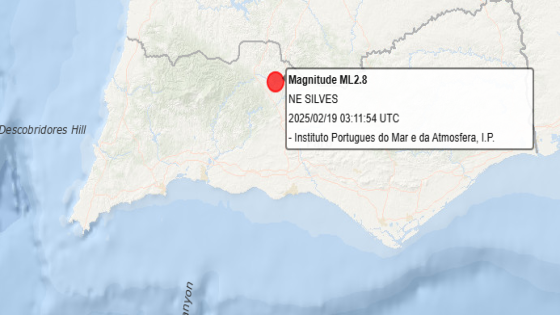The Spanish real estate market is witnessing a surge in sales and mortgage approvals, yet many are struggling to find affordable housing. As of February 2025, the disparity between rising property prices and the financial capabilities of average citizens raises critical questions about housing accessibility.
- Real estate market shows dual trends.
- Housing prices rising, affecting affordability.
- Mortgage approvals significantly lower than 2006.
- New housing supply is rapidly selling out.
- Cash purchases increasing among wealthier buyers.
- Demand for affordable housing remains critical.
Spain’s Real Estate Market: A Dual Landscape of Growth and Inaccessibility
Why is the Spanish real estate market thriving, yet leaving many behind? The latest data reveals that while property sales and mortgage approvals are on the rise, the affordability crisis is deepening for lower-income families. The president of the Spanish Mortgage Association, Santos González, highlights that the market is performing well, yet a significant portion of the population lacks the resources to buy a home.
Understanding the Current Trends in Spain’s Housing Market
In the third quarter of 2024, new housing prices increased by 9.8%, while second-hand homes rose by 6.4%. This trend reflects a broader issue: a shortage of affordable housing options. The market is currently dominated by second-hand properties, with 80,590 sold compared to just 19,002 new builds. This shift raises questions about the sustainability of the market and its impact on future buyers.
Key Factors Influencing Spain’s Housing Market
Several elements are shaping the current landscape of the Spanish real estate market:
- Increased demand for second-hand homes due to limited new construction.
- Rising property prices, making it difficult for low-income families to buy.
- Higher mortgage approvals primarily benefiting wealthier buyers.
- Potential economic implications if the affordability crisis continues.
The Role of Mortgages in the Housing Market
The mortgage landscape has shifted significantly since the 2008 crisis. In 2024, only 73,828 mortgages were approved in Catalonia, a stark contrast to the peak of 243,246 in 2006. This decline indicates a more cautious lending environment, where many transactions are now conducted in cash, primarily by wealthier individuals. This trend raises concerns about the long-term viability of the market for average buyers.
The Future of Affordable Housing in Spain
As the demand for new housing remains high, the lack of affordable options poses a significant challenge. Developers are selling new projects quickly, but these are often out of reach for average earners. The president of the Spanish Mortgage Association emphasizes the need for affordable housing solutions to ensure that all citizens can access a home. Without addressing this issue, the market may face severe repercussions in the future.
In conclusion, while Spain’s real estate market is thriving, the growing divide between high-income earners and those struggling to afford housing raises pressing concerns. Addressing this gap is crucial for a sustainable future in the housing sector.






























